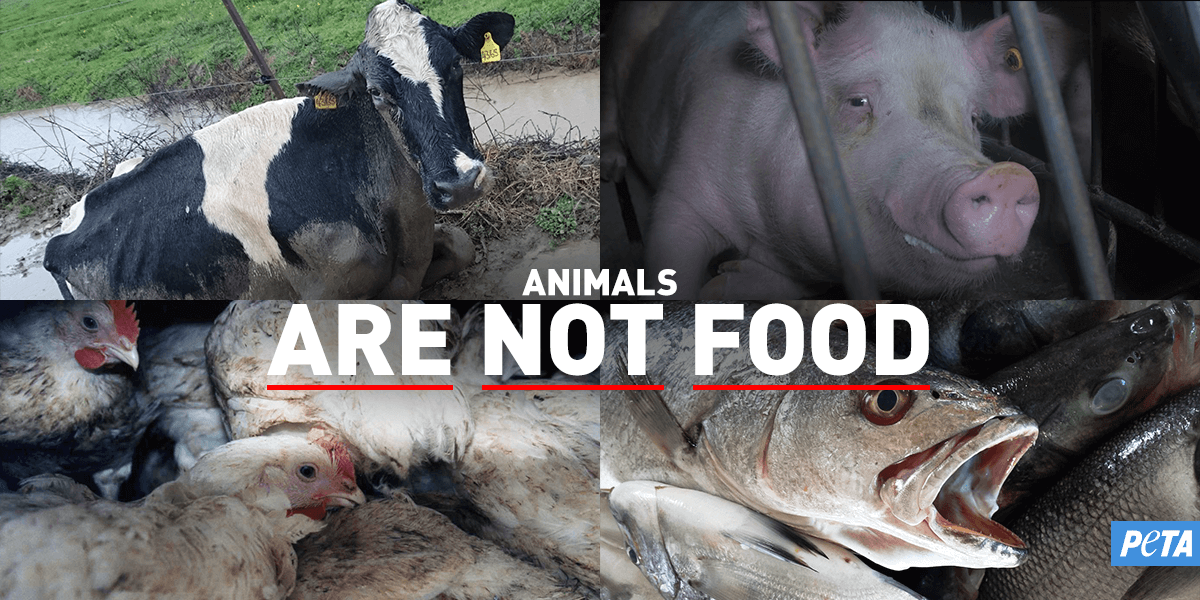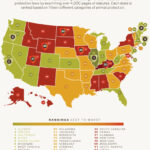In an age where information is readily accessible, the proliferation of animal cruelty videos presents a complex moral quandary. These videos, often shared virally across social media platforms, depict the inhumane treatment of animals in various settings—from factory farms to the fur trade. While the legal ramifications of producing and disseminating such content are well-defined in some jurisdictions, the question remains: are these videos illegal to watch or share? To navigate this intricate landscape, it is imperative first to understand the underlying motivations for their creation and dissemination, alongside the societal implications of consuming such graphic material.
At the core of this issue lies the concept of legality. In many parts of the world, producing, distributing, or even sharing animal cruelty videos can breach legislation designed to protect animal welfare. For instance, laws established under anti-cruelty statutes aim to prevent the exploitation and suffering of animals. However, the viewer’s perspective complicates the legal narrative. In numerous jurisdictions, merely watching these videos does not equate to a legal transgression. The law tends to focus on the act of creation and distribution rather than passive consumption.
This poses an intriguing dichotomy. Why do people feel compelled to watch these disturbing enactments of cruelty? One aspect could be the insatiable human curiosity about the darker facets of life. Many individuals grapple with the tension between their empathy for animals and an almost morbid fascination with brutality. This curious engagement may stem from an innate desire to confront the uncomfortable truths about humanity’s treatment of animals—truths hidden from plain sight within the sanitized confines of modern consumerism.
Furthermore, these videos serve as a stark juxtaposition to the mainstream narratives often promulgated by industries reliant on animal products. In a society that largely favors convenience, the discomfort generated by animal cruelty videos compels viewers to reckon with the consequences of their choices. For instance, the graphic imagery of animals suffering might spur individuals to reconsider their dietary habits or their participation in industries that contribute to animal suffering. The video thus becomes an uninvited yet powerful impetus for reflection, prompting viewers to engage in discussions about ethical consumption.
Despite the potential for raising awareness, animal cruelty videos can also evoke distressing psychological responses. The visceral nature of the content can lead to desensitization or, conversely, extreme emotional reactions. Desensitization may foster an apathetic attitude toward animal rights, as repeated exposure dulls sensitivity to suffering. This phenomenon raises critical ethical questions regarding the limits of exposure to such content and whether sensationalism outweighs the intended message of advocacy. Alternatively, extreme distress from viewing these scenes can lead to significant psychological ramifications, including anxiety or post-traumatic stress for sensitive individuals. Such consequences raise ethical considerations regarding the responsibilities of those who share this content in understanding its potential impact on viewers.
As we progress into discussions surrounding digital ethics, platforms hosting such videos also share a weighty responsibility. Certain social media companies have imposed restrictions on graphic content, citing community standards aimed at protecting users from distress. This has led to debates about censorship versus free expression. Advocates argue that by limiting access to these videos, platforms inadvertently diminish the gravity of animal abuse and overlook the educational potential inherent in exposing such injustices. On the other hand, the argument for moderation is compelling—depriving individuals of imminent emotional safety may not align with the goals of advocacy.
Moreover, the potential for remixing and misinterpreting these videos complicates the landscape further. Context often matters significantly; a scene of animal suffering can be misconstrued, leading to misinformation or the trivialization of severe issues. Therefore, while such videos can indeed raise awareness, the potential for distortion necessitates a cautious approach when sharing them. Advocacy should focus on accurate representation, with clear, educational commentary accompanying any graphic content to prevent misinterpretation.
In the realm of the internet, community discourse becomes pivotal. Animal rights advocates frequently utilize these videos to galvanize support, mobilize communities, and facilitate change for the welfare of animals. The social sharing of these videos can act as a clarion call for action, demanding reforms that align with humane treatment of animals. This shared outrage can foster a solidarity that transcends individual concerns, propelling collective action aimed at dismantling systemic cruelty.
Yet, as the debate delves deeper, it beckons the exploration of alternatives to graphic displays of cruelty. Alternatives such as educational campaigns, informative documentaries, and ethical advertisements could cultivate an atmosphere of awareness without relying on the shock factor. By prioritizing education over sensationalism, advocates might engage a wider audience who would otherwise shy away from uncomfortable truths. This shift could result in more meaningful discourse and responsible consumption of animal products.
Ultimately, while it may not be illegal to view or share animal cruelty videos in many places, the underlying implications of such actions extend far beyond the realm of legality. They tap into a visceral morality that challenges individuals to confront uncomfortable truths about their consumption habits. As society continues to evolve in its perception of animal rights, finding nuanced ways to advocate against cruelty without resorting to graphic imagery becomes essential. In a world striving for compassion, the path forward lies not just in the frontal assault against cruelty but also in fostering a culture of empathy and education that resonates deeply and effectually throughout the community.








